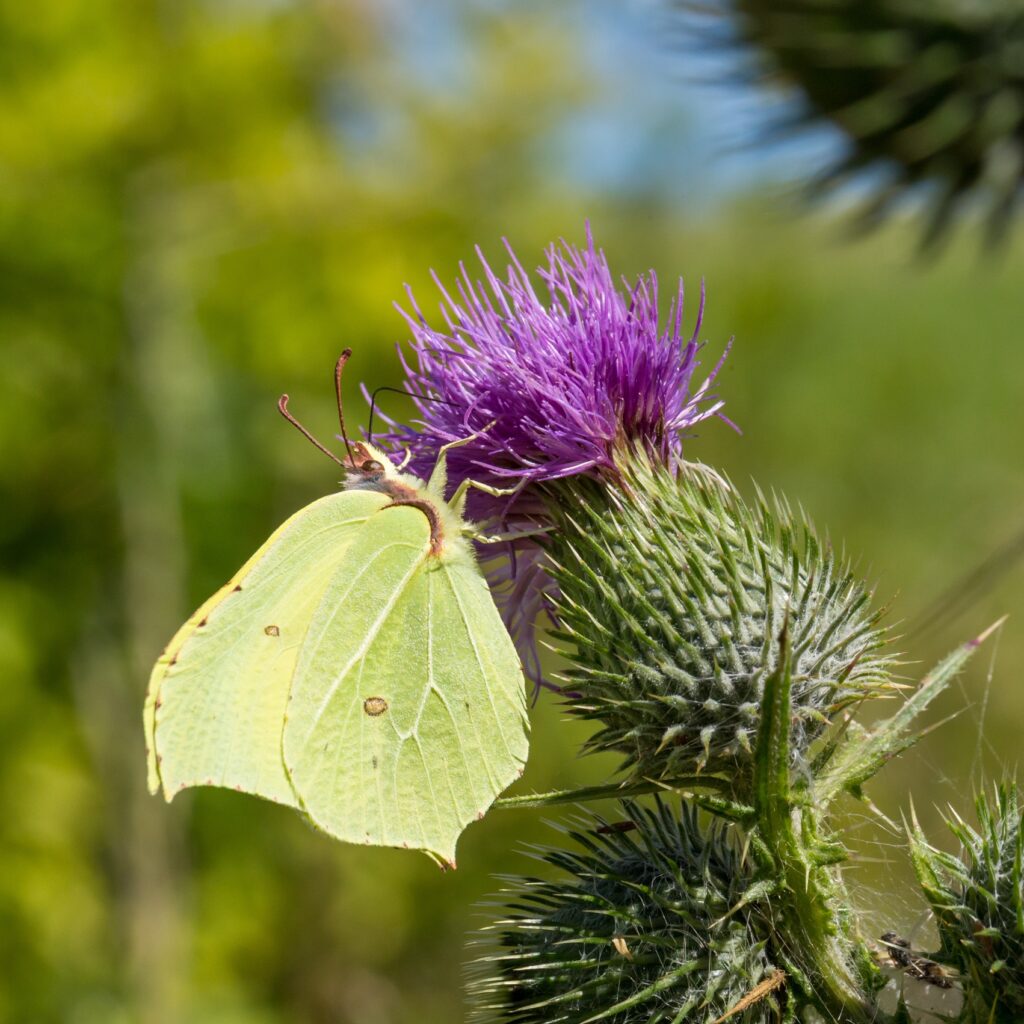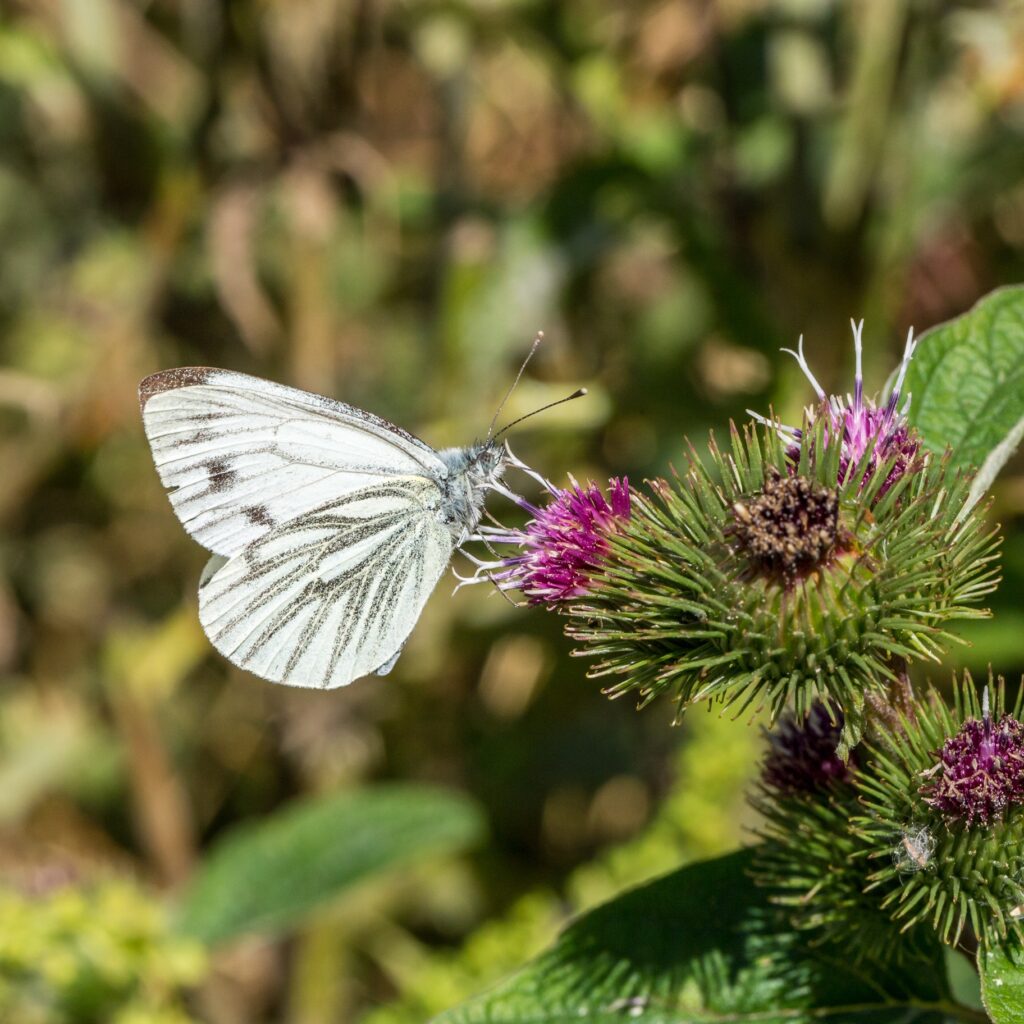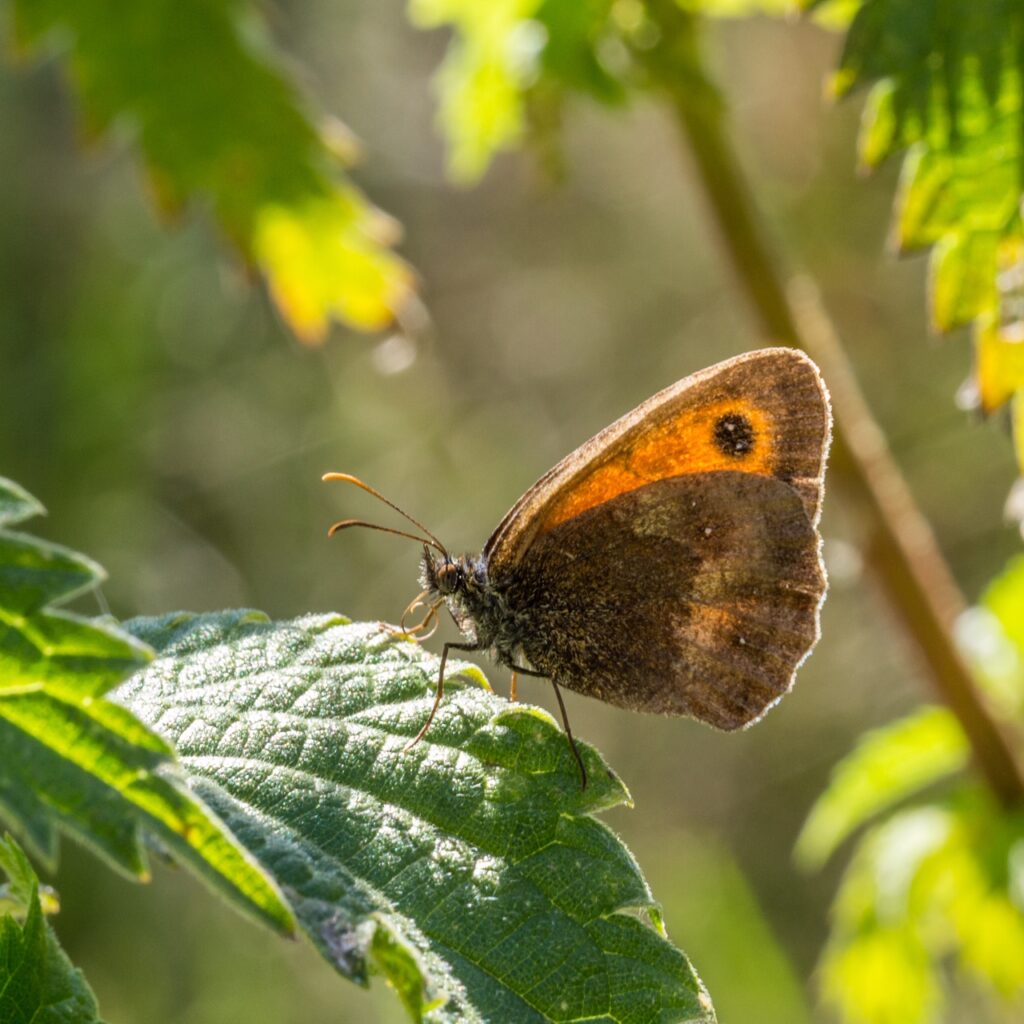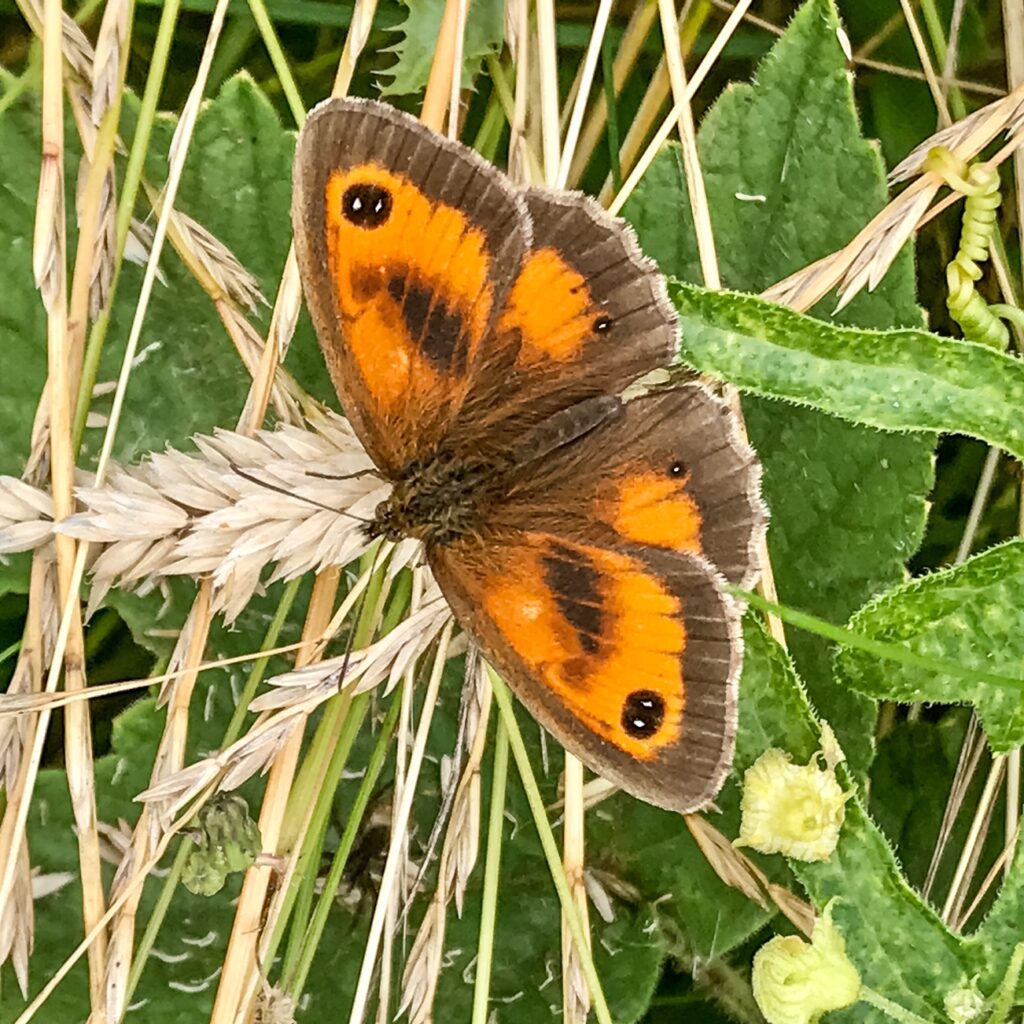We have rarely said enough about the environmental benefits of our restoration of the Wendover Canal. One of our volunteers Tony Borrill said this, and supplied these pictures: “The English countryside is full of amazing butterflies. Wandering down the canal today I counted 44 butterflies in 15 minutes including the Gatekeeper, Brimstone, Meadow Brown and Small White.”
However this environment only exists because of what we’ve done. I recently wrote the text below to another member of the public who contacted me.
“We were all glad to hear that you are always overawed with the wildlife, wildflowers and natural beauty; however they are the result of a managed environment. Left to itself, the Chilterns becomes just a mass of hawthorn choking out all wildlife, and this was the state of the Wendover Canal between Little Tring and Drayton Beauchamp 30 years ago, before the Wendover Arm Trust started its entirely voluntary work. The National Trust and others clear overgrown hawthorn to promote biodiversity, and so did we.
We have always tried to be conscious of our impact on the environment. For example, we planted Woodland Trust trees last autumn, with many more to come this autumn. Even in our early days, we consulted the Herts arboriculturist before we managed the towpath hedge, only to be told that nothing in it was of any natural value, and that if we planted a suitable mixture of hedging plants (which we did), it would be a great improvement. We have been delivering Biodiversity Net Gain since long before the term existed, and we believe a re-watered canal will bring further considerable BNG.
We have only laid concrete where it is essential, in order to allow the water from Wendover to resume flowing by gravity to the Grand Union Canal, without leakage or pumping. Most of the concrete will be covered when the canal water is raised to its full height; the sections which are in water from Bridge 4A past Drayton Beauchamp and Buckland Wharf to Wendover are not yet at full height. The passage of boats will help to keep the channel clear of becoming blocked with reed growth, a perennial issue at the Wendover end of the canal.”




